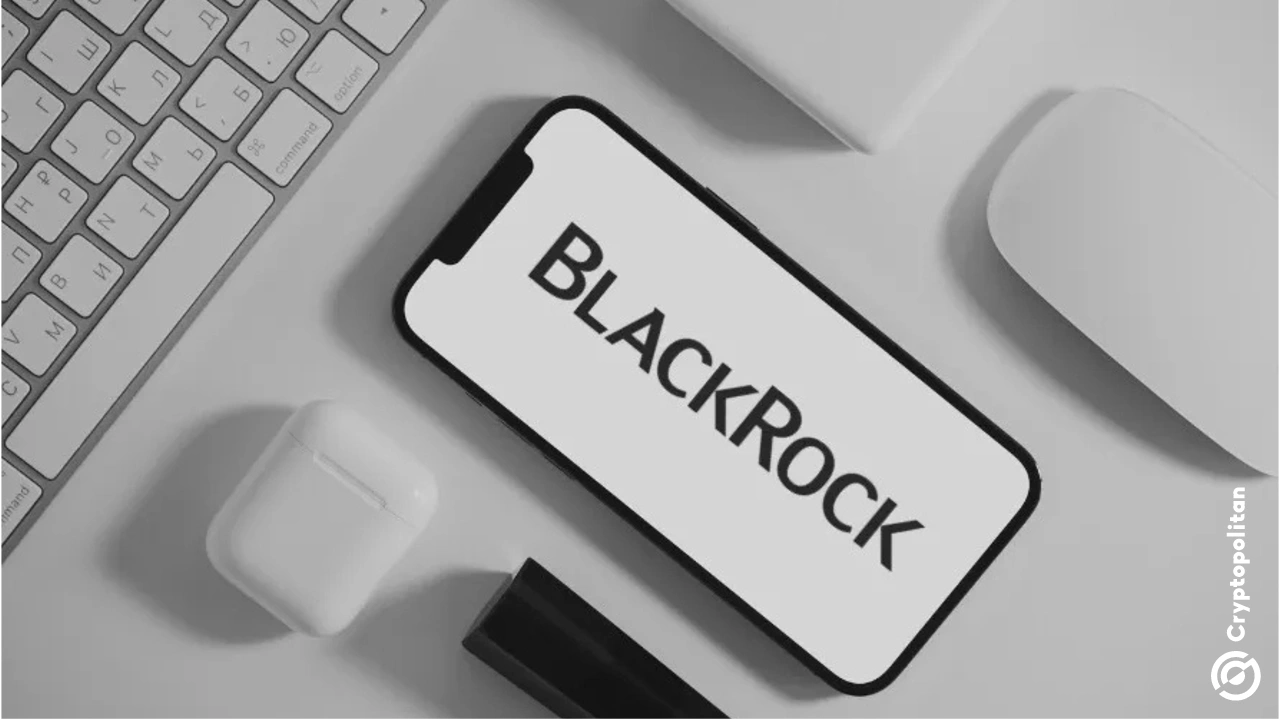Fidelity’s Foray into Blockchain-Tracked Funds: The Fidelity Treasury Digital Fund
In an exciting development for the financial technology world, asset management giant Fidelity has announced its intentions to launch a blockchain-tracked share class for one of its existing funds. The fund in question is the Fidelity Treasury Digital Fund, which currently holds 99.99% of its assets in U.S. Treasury bills.
What’s the Big Deal About Blockchain in Finance?
Blockchain technology, best known as the backbone of cryptocurrencies like Bitcoin and Ethereum, offers several advantages to the financial sector. Its decentralized and immutable nature can help increase transparency, reduce fraud, and streamline processes. In the context of mutual funds, blockchain can provide real-time, tamper-proof records of transactions and asset ownership.
How Will This Affect Me?
As an investor, the introduction of a blockchain-tracked share class for the Fidelity Treasury Digital Fund could bring several benefits. For one, you’ll have access to more transparency and security in your investments. With blockchain, you’ll be able to view your transactions and asset ownership in real-time, giving you a clearer picture of your portfolio’s performance.
Additionally, the use of blockchain can potentially reduce the risk of fraud and errors. Since the technology is decentralized and immutable, it’s much harder for unauthorized transactions to occur. This increased security can give investors peace of mind and help protect their assets.
How Will This Affect the World?
The impact of Fidelity’s move on the financial world could be significant. If successful, this could pave the way for more financial institutions to adopt blockchain technology for their mutual funds. This could lead to increased transparency, security, and efficiency in the financial sector as a whole.
Moreover, the use of blockchain in mutual funds could also make them more accessible to a wider audience. Currently, mutual funds can be complex and time-consuming to invest in, requiring lengthy application processes and high minimum investments. With blockchain, the process could be streamlined, making it easier for individuals to invest in diversified portfolios.
Conclusion
Fidelity’s announcement of a blockchain-tracked share class for its Treasury Digital Fund is an exciting development in the world of financial technology. The use of blockchain could bring increased transparency, security, and efficiency to mutual funds, benefiting both investors and the financial sector as a whole. As this technology continues to evolve, we can expect to see more financial institutions adopt it, making investing more accessible and easier for everyone.
- Fidelity to launch blockchain-tracked share class for Treasury Digital Fund
- Blockchain offers increased transparency, security, and efficiency in finance
- Benefits for investors include real-time transaction visibility and reduced fraud risk
- Potential global impact: increased accessibility to mutual funds and streamlined financial processes





